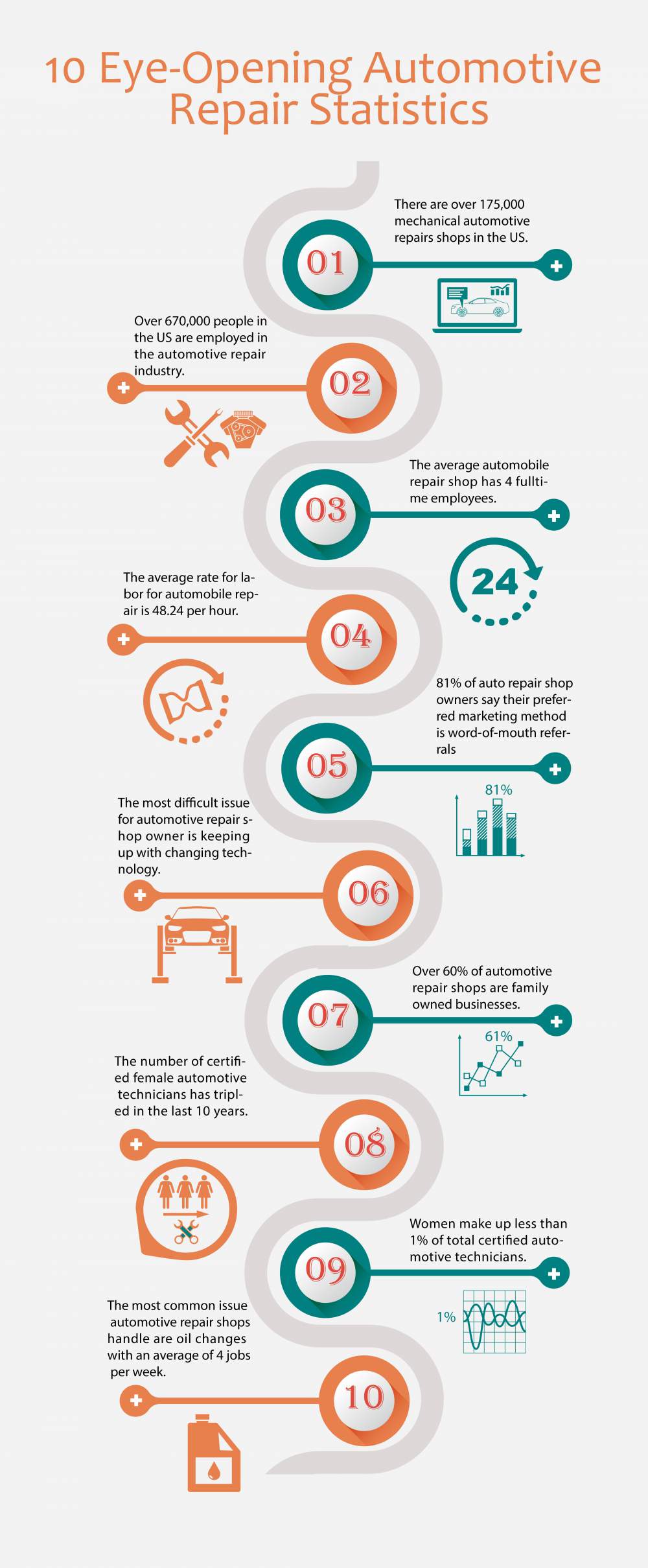Understanding The Definition Behind Your Vehicle'S Caution Lighting: A Comprehensive Look
Understanding The Definition Behind Your Vehicle'S Caution Lighting: A Comprehensive Look
Blog Article
Authored By-Termansen Dalgaard
When you're behind the wheel, those beautiful warning lights on your control panel can be a bit puzzling. Do you understand what they're attempting to tell you regarding your car's health? Recognizing the importance of these lights is important for your safety and the durability of your car. So, the next time one of those lights appears, wouldn't you want to decipher its message properly and take the required actions to address it?
Common Warning Lights and Interpretations
Identify common caution lights in your cars and truck and comprehend their meanings to guarantee safe driving.
One of the most typical caution lights consist of the check engine light, which signifies problems with the engine or emissions system. If this light begins, it's essential to have your lorry inspected without delay.
The oil stress warning light shows low oil stress, requiring immediate attention to prevent engine damages.
A blinking battery light could suggest a faulty charging system, potentially leaving you stranded if not resolved.
The tire stress monitoring system (TPMS) light signals you to reduced tire pressure, impacting vehicle security and gas performance. Overlooking armourcarwash might lead to harmful driving conditions.
The abdominal light shows a problem with the anti-lock braking system, compromising your ability to quit promptly in emergency situations.
Lastly, the coolant temperature level advising light warns of engine overheating, which can lead to extreme damages if not resolved promptly.
Understanding these common caution lights will certainly assist you deal with problems quickly and keep safe driving conditions.
Significance of Prompt Interest
Comprehending the common warning lights in your vehicle is just the primary step; the value of promptly attending to these warnings can not be stressed sufficient to guarantee your safety and security when traveling.
When a caution light illuminates on your dashboard, it's your car's way of connecting a possible issue that needs attention. Ignoring these cautions can lead to more severe issues down the road, jeopardizing your security and possibly costing you extra out of commission.
Prompt focus to advising lights can protect against malfunctions and crashes. For instance, a blinking check engine light can show a misfire that, if left ignored, might cause damages to the catalytic converter. Resolving this immediately can save you from a costly repair work.
Likewise, a brake system advising light might signal low brake fluid or used brake pads, vital components for your security when driving.
Do It Yourself Troubleshooting Tips
If you discover a warning light on your control panel, there are a couple of DIY troubleshooting suggestions you can try prior to looking for professional aid.
The first step is to consult your car's manual to recognize what the certain caution light shows. Occasionally the issue can be as basic as a loosened gas cap activating the check engine light. Tightening the gas cap may settle the problem.
Another common problem is a reduced battery, which can trigger numerous warning lights. Inspecting the battery connections for deterioration and guaranteeing they're safe could deal with the issue.
If a caution light continues, you can try resetting it by separating the vehicle's battery for a few mins and after that reconnecting it. Furthermore, examining your lorry's fluid degrees, such as oil, coolant, and brake fluid, can aid troubleshoot alerting lights associated with these systems.
Verdict
In conclusion, understanding your auto's caution lights is crucial for keeping your lorry running efficiently and securely. By without delay attending to these informs and recognizing what they suggest, you can avoid pricey repairs and prospective malfunctions.
Remember to consult your auto's manual for particular details on each alerting light and take action accordingly to make sure a trouble-free driving experience.
Remain informed, stay secure when traveling!
